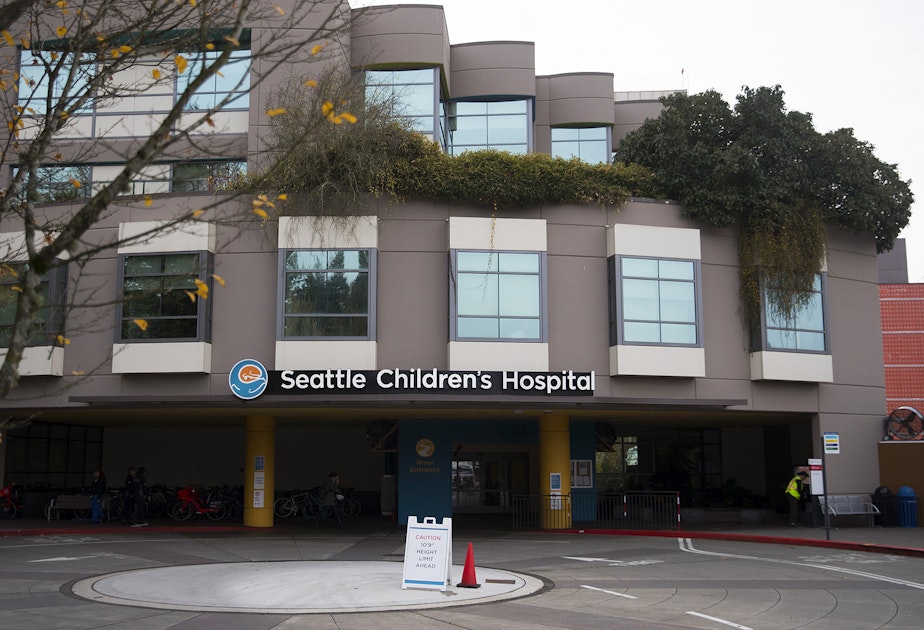Washington hospitals continue to report financial losses

Hospitals across Washington state continue to see steep financial losses, according to the Washington State Hospital Association (WSHA).
Last year it amounted to a $2.1 billion operating loss across the board, following hundreds of millions in losses in 2021.
“2021 was not a great year,” said Association CEO Cassie Sauer during a media briefing Tuesday. “It was a pretty rough year for health care, so the fact that 2022 is worse is quite alarming.”
Sauer said these losses are unsustainable.
“Hospitals are resorting to extraordinary means to close the gaps in their budgets," she said. "We're already seeing loss of services around our state."
According to WSHA staff, those losses include the closure of some beds in some hospitals, the closure of cardiac services at a hospital in Sunnyside, and the closure of labor and delivery services at a hospital in Toppenish.
Hospital leaders say increases in costs for staffing, drugs, energy, and supplies are part of the problem.
Sponsored
They also point to stagnant Medicaid reimbursements as a source of financial pain.
“Most urban hospitals, nearly all of whom are nonprofits, haven’t had a Medicaid rate increase in more than 20 years,” said Chelene Whiteaker, senior vice president for government affairs with WSHA.
The hospital association is hoping state legislators will help push through a solution this session.
The organization is working to bring a bill in front of lawmakers that would significantly increase Medicaid payments.
Whiteaker said the proposal would not draw from the state's general fund.
Sponsored
Instead, hospitals would tax themselves and then have those dollars matched and added to by federal funds.
“For every dollar the hospitals are taxed or assessed, the federal government returns about $3,” Whiteaker said.
The proposed bill, which is expected to be introduced in the state Legislature soon, would expand a similar practice already in place in Washington.
If passed by the state, the legislation would then need federal approval.
If successful, Medicaid payments would be increased about a year from now.
Sponsored
Whiteaker estimates the increases would bring in about $1 billion per year to hospitals across the state.
But she warned it wouldn’t close the gap completely.
While cumulative revenues among Washington hospitals increased by 5% in 2022, operating costs increased by even more, sitting at 9% for the year, according to WSHA’s report.
This information comes from a survey of hospitals in the state.
According to WSHA staff, 81 acute care hospitals responded to surveys, representing about 98% of acute care beds in the state.
Sponsored
Of those responding hospitals, 69 reported losing money, while 12 reported a profit.




